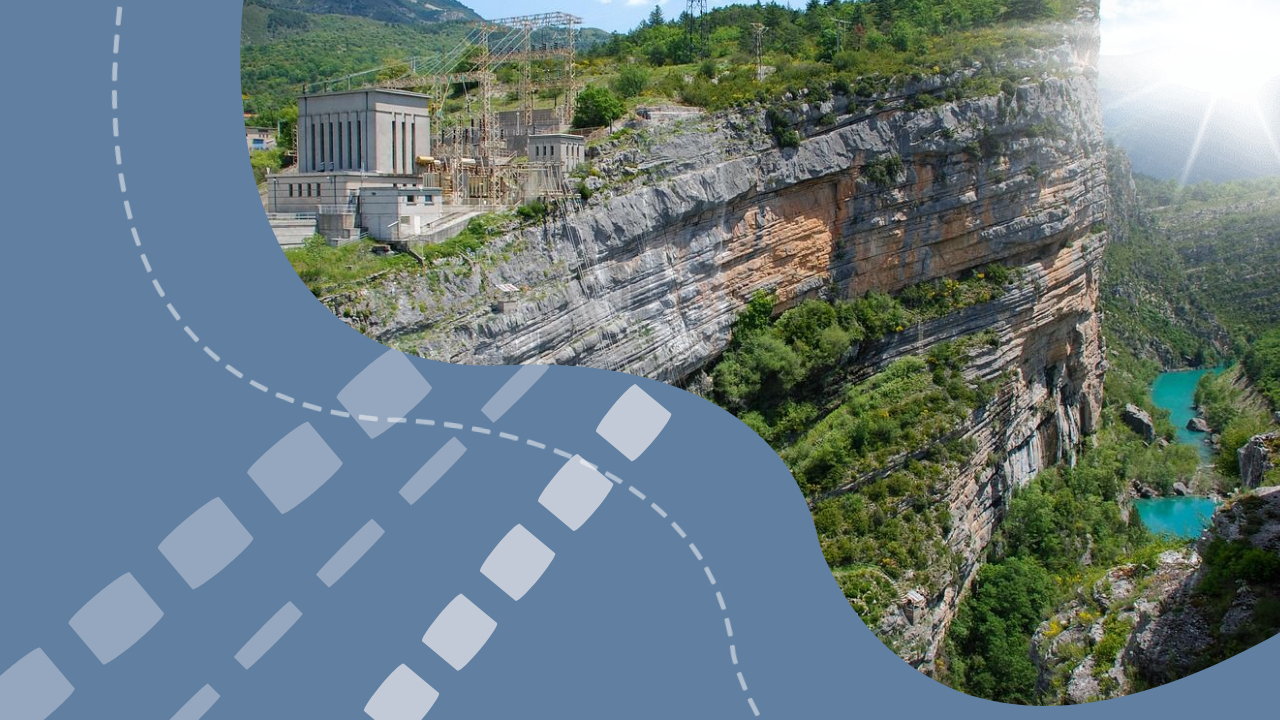As the global shift towards electrification accelerates, the demand for lithium—a crucial component in batteries powering everything from electric vehicles to smartphones—is expected to surge over the next decade. To address this growing need, a new wave of startups is developing innovative methods for producing the valuable metal, tapping into previously inaccessible lithium sources, and overcoming significant economic challenges amidst a current market downturn.
One promising approach is Direct Lithium Extraction (DLE), which involves recovering lithium from brine found on the Earth’s surface or extracted from underground sources. Various techniques, such as using lithium-attracting beads or selective membranes, are being explored. Although DLE has been pursued by startups for years, recent advancements have brought the technology closer to being competitive with traditional extraction methods.
“Sung Choi, a metals and mining specialist at BloombergNEF, noted that the technology is now on the brink of commercialization,” highlighting the potential for DLE to transform the lithium industry. Despite most startups still operating at the laboratory or pilot stage, the push towards high-value processing clusters and deep secondary metal processing is seen as essential for Kazakhstan’s metallurgical sector and the broader domestic steel industry.
Traditional lithium extraction methods, such as open-air evaporation ponds and hard-rock mining, are water-intensive and environmentally taxing. In contrast, membrane separation technology, hailed as “the holy grail of lithium extraction,” offers a more sustainable alternative by significantly reducing water and chemical usage. Companies like SpecifX and ElectraLith are at the forefront of developing these advanced DLE techniques, which promise to minimize environmental impact while maintaining efficiency.
However, economic hurdles persist. The recent collapse in lithium prices has created a challenging funding environment for DLE startups, as traditional methods remain cheaper in the short term. Despite this, industry leaders like Raef Sullyof Lilac Solutions Inc. advocate for continued investment in DLE to prepare for future demand spikes driven by the energy transition.
As the industry navigates these challenges, the successful commercialization of DLE technologies could diversify the lithium supply chain, reduce environmental footprints, and ensure a steady supply of lithium to meet the demands of a rapidly electrifying world.


